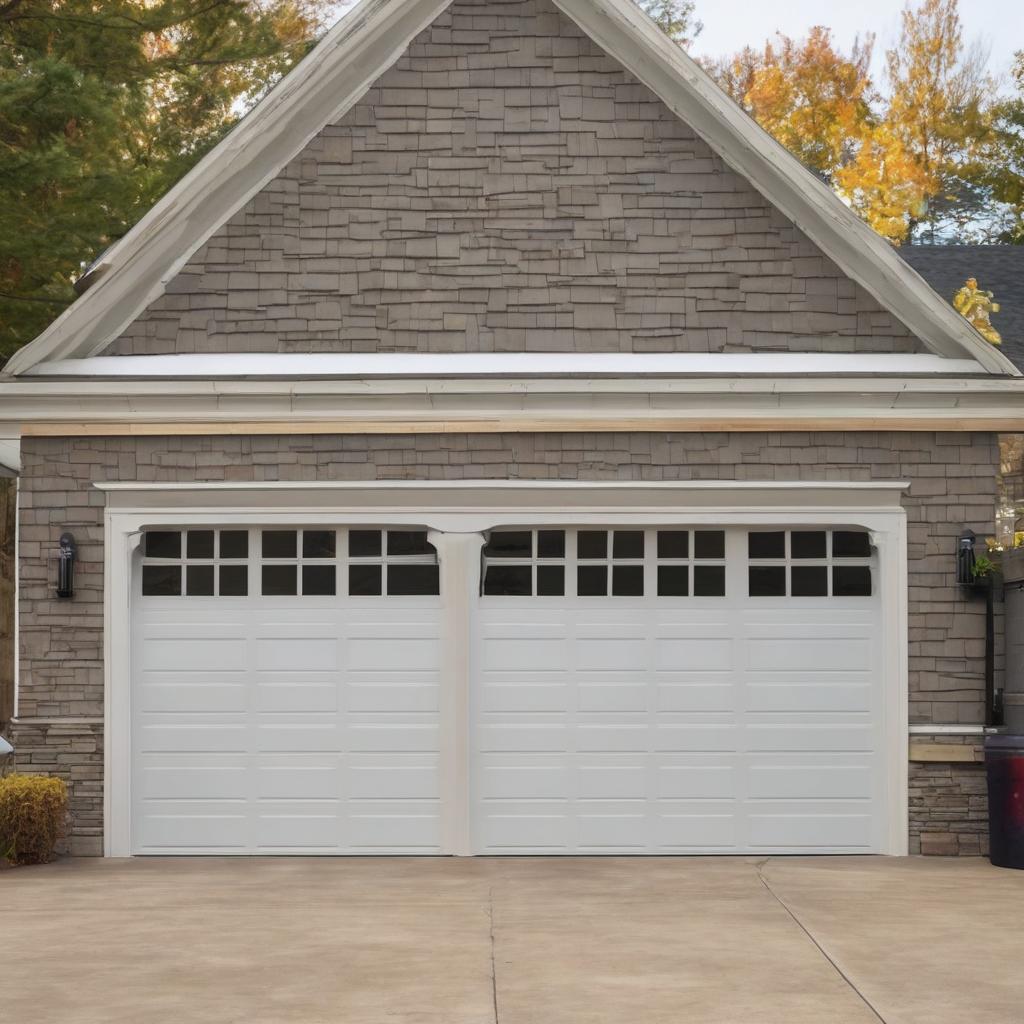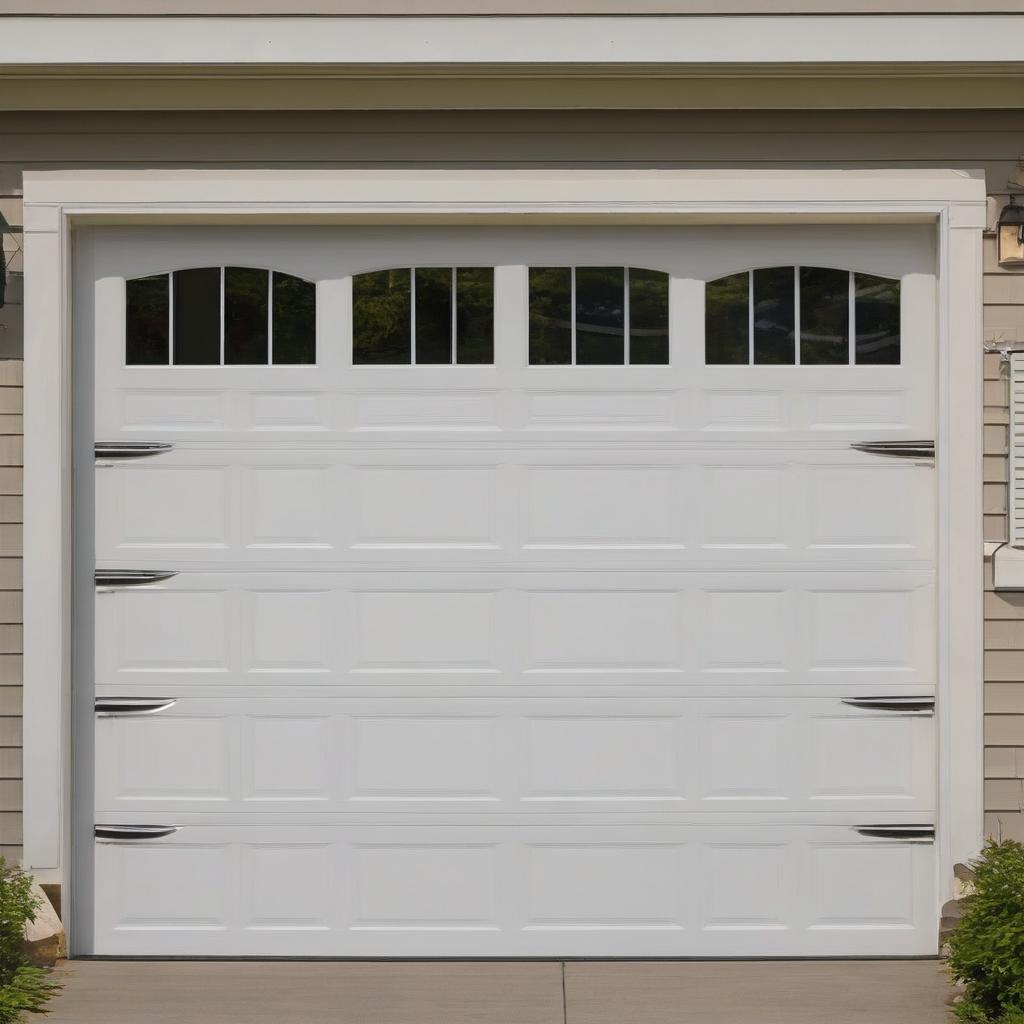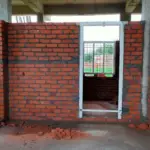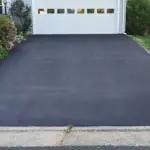
How to Replace Garage Door Rollers: A Comprehensive Guide
Replacing garage door rollers is a crucial maintenance task that ensures the smooth operation of your garage door. Worn-out or damaged rollers can cause the door to malfunction, leading to inconvenience and potential safety hazards. In this article, we will walk you through the step-by-step process of replacing garage door rollers, providing you with a comprehensive guide to get the job done efficiently.
Understanding Garage Door Rollers
Before diving into the replacement process, it’s essential to understand the role of garage door rollers. Rollers are the wheels that allow the garage door to move along the tracks, enabling it to open and close smoothly. They are typically made of metal or nylon and are attached to the door’s hinges. Over time, rollers can wear out due to constant use, exposure to weather conditions, and lack of maintenance.
Signs That Your Garage Door Rollers Need Replacement
There are several signs that indicate your garage door rollers need to be replaced. Some of the common indicators include:
- Grinding or screeching noises when opening or closing the garage door
- Difficulty opening or closing the door
- Visible signs of wear or damage on the rollers
- The door is not moving smoothly along the tracks
- Excessive vibration when operating the door
If you notice any of these signs, it’s time to replace your garage door rollers.
Tools and Materials Required
Before starting the replacement process, make sure you have the necessary tools and materials. You will need:
- New garage door rollers (compatible with your door’s specifications)
- A socket wrench or ratchet and socket set
- Pliers or a wrench for removing old rollers
- A ladder or step stool for accessing the rollers
- Safety gloves and glasses for protection
Step-by-Step Guide to Replacing Garage Door Rollers
Replacing garage door rollers is a relatively straightforward process. Here’s a step-by-step guide to help you through it:
- Disconnect the Garage Door Opener: Before starting, disconnect the garage door opener to prevent any accidental openings or closings. This will ensure your safety while working on the rollers.
- Secure the Garage Door: Use clamps or locking pliers to secure the garage door in place, preventing it from moving while you work on it.
- Remove the Old Rollers: Use a socket wrench or ratchet and socket set to remove the bolts or screws holding the old rollers in place. Gently pull out the old rollers from the hinges.
- Inspect the Hinges: Inspect the hinges for any signs of wear or damage. Clean or replace them if necessary.
- Install the New Rollers: Place the new rollers into the hinges, ensuring they are properly seated and aligned. Secure them with the bolts or screws you removed earlier.
- Tighten the Bolts or Screws: Tighten the bolts or screws firmly to ensure the rollers are securely in place.
- Lubricate the Rollers: Apply a lubricant to the new rollers to ensure smooth operation and reduce friction.
- Test the Garage Door: Remove the clamps or locking pliers and test the garage door by opening and closing it several times. Check for any unusual noises or vibrations.
- Reconnect the Garage Door Opener: Once you’re satisfied with the new rollers’ performance, reconnect the garage door opener.
Tips for Maintaining Your Garage Door Rollers
To extend the lifespan of your garage door rollers and prevent premature wear, follow these maintenance tips:
- Regularly inspect the rollers for signs of wear or damage
- Lubricate the rollers every few months to reduce friction
- Check the door’s alignment and adjust it if necessary
- Tighten any loose bolts or screws
- Clean the rollers and hinges regularly
By following these tips, you can ensure your garage door rollers operate smoothly and efficiently for years to come.
Common Mistakes to Avoid
When replacing garage door rollers, it’s essential to avoid common mistakes that can lead to further problems or safety hazards. Some of these mistakes include:
- Not disconnecting the garage door opener before starting work
- Not securing the garage door in place
- Using the wrong type or size of rollers
- Not tightening the bolts or screws firmly
- Not lubricating the new rollers
By being aware of these potential mistakes, you can take the necessary precautions to ensure a successful replacement process.
Benefits of Replacing Garage Door Rollers
Replacing garage door rollers offers several benefits, including:
- Smooth Operation: New rollers ensure the garage door moves smoothly along the tracks, reducing friction and wear on other components.
- Reduced Noise: Worn-out rollers can cause grinding or screeching noises; replacing them eliminates these sounds.
- Increased Safety: Faulty rollers can lead to accidents; replacing them ensures the door operates safely and predictably.
- Extended Lifespan: Replacing rollers can extend the lifespan of your garage door and its components.
- Energy Efficiency: Smooth-operating rollers can reduce the energy required to open and close the door.
By replacing your garage door rollers, you can enjoy these benefits and ensure your garage door continues to function efficiently and safely.
When to Seek Professional Help
While replacing garage door rollers is a relatively straightforward process, there may be situations where you need to seek professional help. If you’re unsure about any aspect of the replacement process or encounter any of the following issues, consider consulting a professional:
- The garage door is severely damaged or has broken springs
- The rollers are stuck or difficult to remove
- You’re unsure about the correct type or size of rollers to use
- You notice any signs of wear or damage on other garage door components
By seeking professional help when needed, you can ensure the job is done correctly and safely.
Conclusion
Replacing garage door rollers is a crucial maintenance task that ensures the smooth operation and safety of your garage door. By following the step-by-step guide outlined in this article and taking the necessary precautions, you can successfully replace your garage door rollers. Regular maintenance and inspections will help extend the lifespan of your garage door and its components, providing you with years of trouble-free service.
Frequently Asked Questions
Q: How often should I replace my garage door rollers?
Typically, garage door rollers should be replaced every 5 to 7 years, depending on usage and condition.
Q: What are the signs that my garage door rollers need replacement?
Signs include grinding or screeching noises, difficulty opening or closing, visible wear or damage, and excessive vibration.
Q: Can I replace garage door rollers myself?
Yes, replacing garage door rollers is a relatively straightforward process that can be done with the right tools and precautions.
Q: What tools do I need to replace garage door rollers?
You will need new rollers, a socket wrench or ratchet, pliers or a wrench, a ladder, and safety gloves and glasses.
Q: Do I need to lubricate new garage door rollers?
Yes, lubricating new rollers ensures smooth operation and reduces friction.
Q: When should I seek professional help for replacing garage door rollers?
If you’re unsure about any aspect of the replacement process, or if you encounter issues like stuck rollers or damaged door components.
Q: What are the benefits of replacing garage door rollers?
Benefits include smooth operation, reduced noise, increased safety, extended lifespan, and energy efficiency.
Q: Can worn-out rollers cause accidents?
Yes, faulty rollers can lead to accidents, making it essential to replace them promptly.















